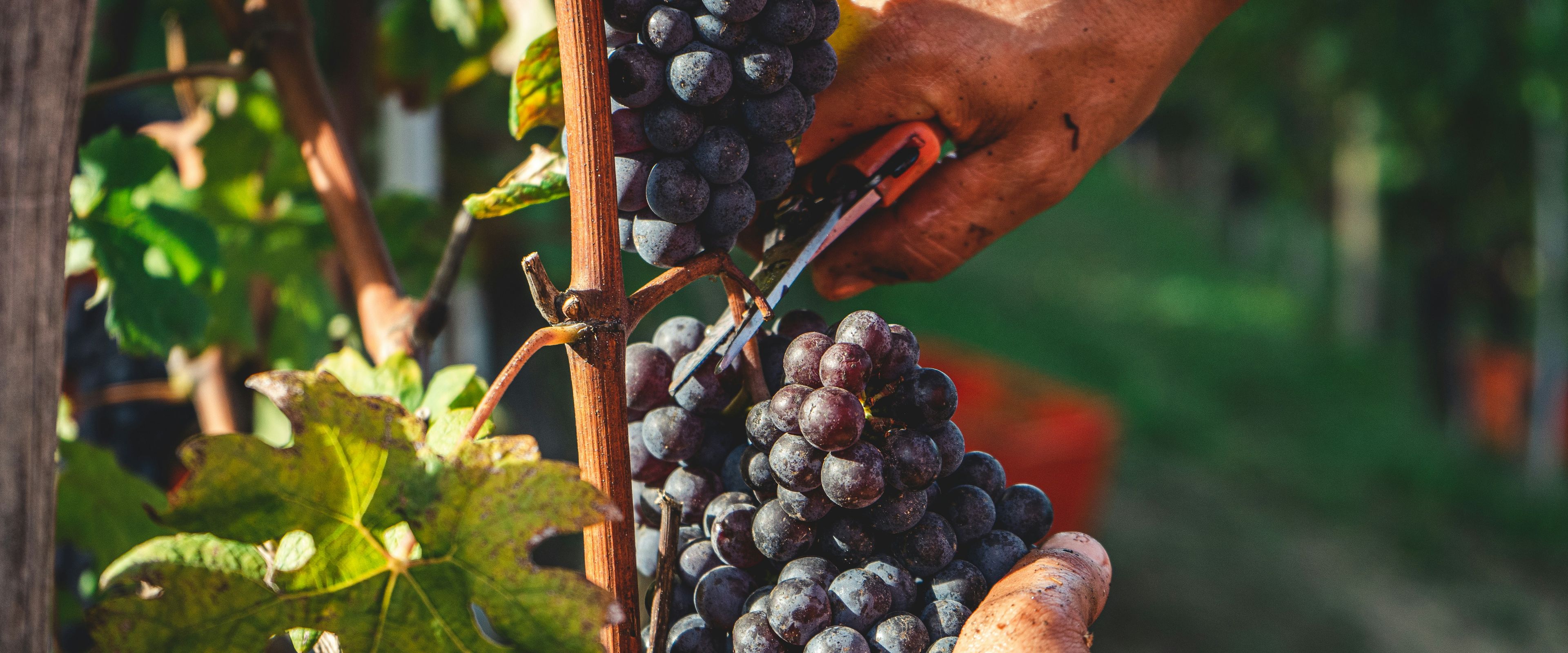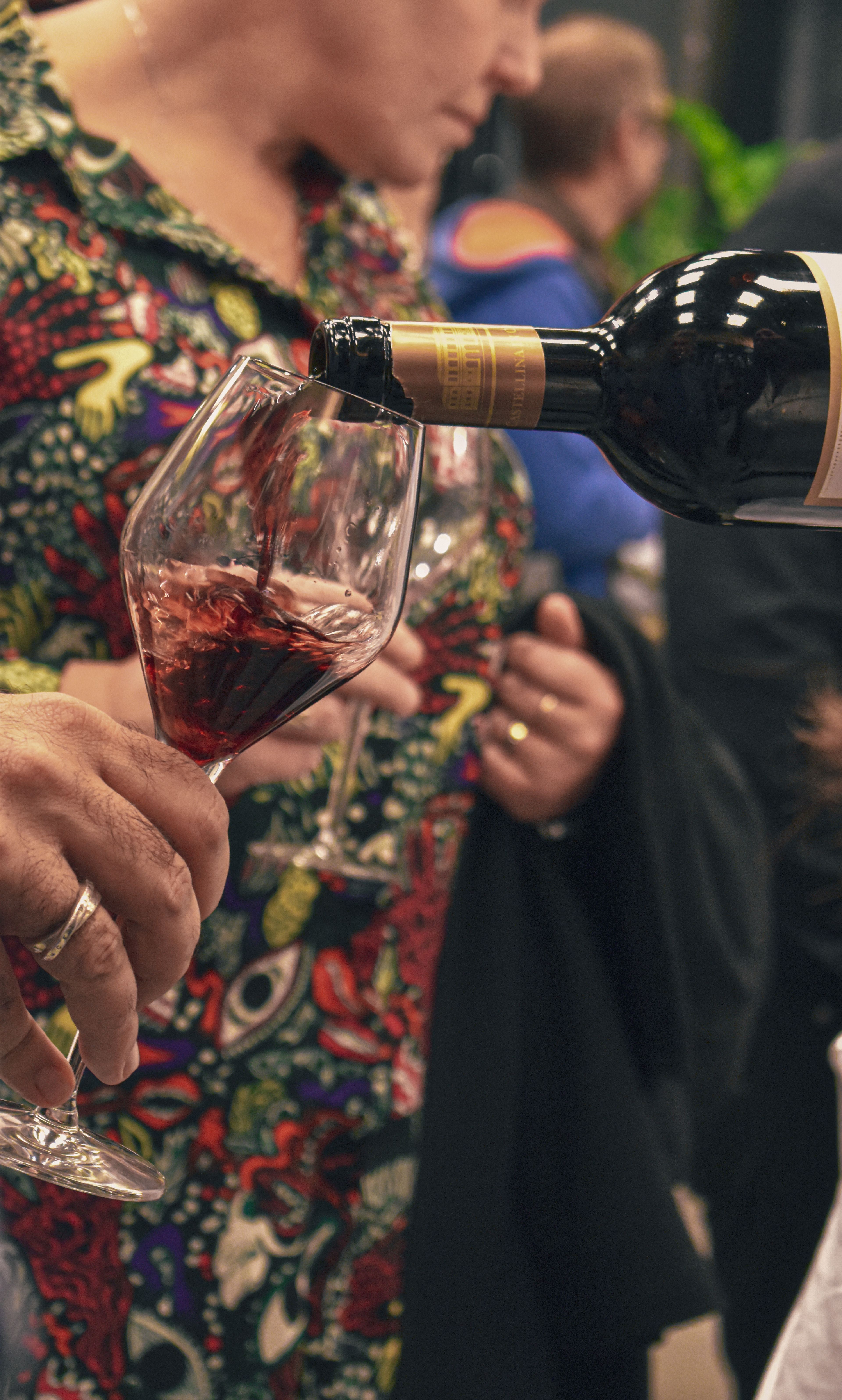
Crazy about wine
Barolo - Wine of the Kings

What is Barolo?
The answer to this is more complex than you might think, and this is because Barolo can represent and mean several things. First and foremost, Barolo is an area in Piemonte, which is located in northern Italy at the foot of the Alps against Switzerland and has Torino as the largest city. In addition, Barolo is also the name of a town that is about 74 km south of Torino and thus still part of Piemonte. Finally, Barolo is also a general designation for a red wine made from the Nebbiolo grape, which by definition can only be obtained in Piemonte, and this is the designation we are starting from here. In other words, if you read this while tasting a glass of red wine from a bottle on which Barolo stands, you are on your way.
However, it is important to emphasise that Piemonte is also home to other types of wines such as Barbera and Dolcetto, just as the Nebbiolo grape is also used to make the lighter and fruitier Nebbiolo wines and the more elegant and feminine Barbarescos.
Among other things, the Nebbiolo grape is characterised by its very thick shell, which contributes to the enormous amount of tannic acid (tanins) that always characterises a Barolo. If you then include legislation on an alcohol percentage of at least 13.5% (and more often 14.5-15%), you will realise that we are dealing with an extremely complex, spicy, heavy and powerful case. That said, a Barolo can also easily be characterised by a lot of elegance and silky fruit, as you know it from Burgundy.

Traditionalists VS Modernists
As with many kings and other positions at the court, Barolo has been fought (although not killful) so at least intense battles about what the real Barolo consists of. In general, there is a distinction between traditionalists and modernists, and a bottle of Barolo can vary greatly in taste depending on which of the two schools it represents.
One of the differences between the two styles is the length of the maceration (skin contact). Traditionalists use a shorter period down to eight days, whereas modernists can spend as much as seven weeks. The latter results in higher alcohol and more tannins, so you have to deal with significantly more complex wines.
Another point where the two styles differ is drum storage, where traditionalists have a tradition of using large used drums (also called tonneaux) of 500-600 litres, while modernists work more with used French drums (barriques) of around 225 litres. The difference is that smaller casks give more taste of cask, which may sound paradoxical, but this is because the wine in small casks has more contact with the wood due to the limited space. Typical characteristics of small and new casks are that they emit more flavour and fragrance notes of wood and vanilla, where used casks add notes of the previous wines that have been laid in the same cask. However, both styles have in common that the wine is at least 1.5 years old per Italian law.

Good to store, good to eat
Due to the thick shell of the Nebbiolo grape and combined with the relatively long barrel ageing, Barolo is one of the best wines in the world to store. In fact, a good Barolo from the best vintages will only peak after ten years, and even though this may sound like a long time, it is helped a bit along the way by the Italian law that Barolo may only be released three full years (from 1 January) after the harvest year.
As Barolo naturally gets a little older before it is opened, it also requires that it is opened all from one to four hours before serving (again depending on the year), and finally it must not be drunk too hot as this can lead to a slightly too violent experience in the mouth. It is not unusual for a Barolo to change its taste and character during the first hour in the glass, as it will rise in temperature and be exposed to more air. In terms of serving, large Burgundy-like glasses are best, ideally at 15-16 degrees.
From a gastronomic point of view, Barolo offers both possibilities and limitations. The strong tannins and high alcohol content mean that many dishes have to be left behind, as only very few food elements can keep up. However, when you get the perfect dish, we have to deal with some of the best ingredients on the planet, where Italian cuisine is really allowed to shine.
As mentioned, it takes its right to be able to follow Barolo, and red meat will often be a sure winner, because the tannins in the wine will attack the proteins in the meat and create a symbiosis. And with red meat, it’s not necessarily just a steak on the barbecue, but also more complex and deep dishes like a stew with lots of dark sauce and spices. But if you now have a good steak, you should do yourself the service of adding a few slices of foie gras and a little freshly grated truffle (preferably white truffle from Piemonte) over it just to make it as decadent as possible!
Generally speaking, Barolo is just happy with heavy and fatty dishes, which counteract the increased amount of alcohol. In Piemonte, this would typically be the case in some fatty beef, which is turned in flour, braised and then simmered for a few hours in Nebbiolo. If you want to eat cheese for your Barolo, both parmesan and comté are recommended.